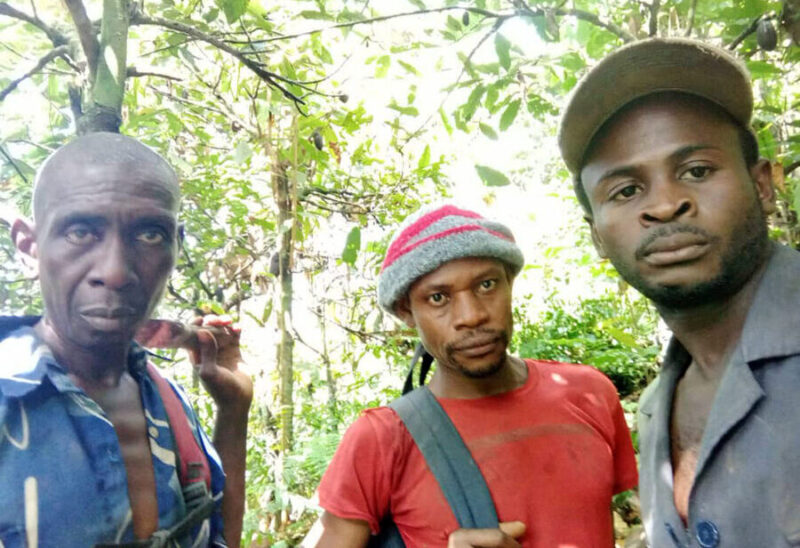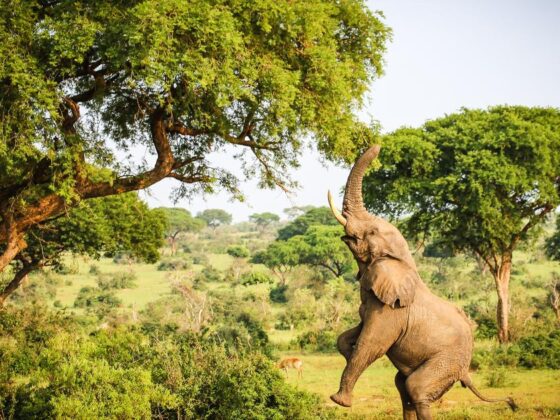Africa is home to some of the worlds most diverse and valuable wildlife, such as the African elephant, lion, rhino, gorilla and cheetah. But this remarkable biodiversity is under threat from a range of human activities.
As population growth in Africa continues to soar and resources become increasingly scarce, many species are being pushed closer towards extinction due to habitat loss and illegal hunting. This article will explore the threats posed by these activities on Africa’s wildlife populations and discuss how conservation efforts can help protect them before it’s too late.
It will examine current strategies for protecting endangered species while also looking at how local communities across Africa can get involved in preserving their unique natural heritage. Finally, it will look at what lessons we can learn from successful conservation projects so that they may be applied elsewhere in order to safeguard our planets precious biodiversity for future generations.
Overview of African Wildlife Threats The Causes of Wildlife Decline in Africa Challenges to Conservation Efforts in Africa

Overview of African Wildlife Threats: African wildlife is under threat from a variety of sources. Habitat destruction, illegal hunting and poaching, human-wildlife conflict, and climate change are some of the most pressing issues facing Africas biodiversity today. These threats threaten not only the sustainability of species populations but also entire ecosystems that rely on their presence to survive.
As such, conservation efforts in Africa must be strengthened if we hope to preserve this precious natural heritage for future generations. The Causes of Wildlife Decline in Africa: In recent years there has been a significant decline in many species across Africa due to habitat loss or degradation caused by activities such as logging and mining; unsustainable agricultural practices resulting in land degradation; urbanization; rapid population growth leading to increased pressure on resources; overhunting by humans for bushmeat or trophies; and poaching for ivory or other animal parts used as medicine or jewelry. Climate change further exacerbates these factors with rising temperatures disrupting migration patterns and making certain areas less hospitable for wildlife populations.
Challenges to Conservation Efforts in Africa: Despite its importance, conserving African wildlife faces numerous challenges including inadequate funding, lack of government support, corruption and bribery among local officials who control access to protected areas, weak enforcement against poachers and traffickers operating within national borders, limited capacity amongst local communities involved in conservation initiatives due to poverty levels within many regions combined with low educational attainment rates mean that progress towards achieving sustainable management objectives can be slow at best. Additionally cultural beliefs held by traditional people may conflict with more modern approaches leading to further difficulties when attempting conservation initiatives at a regional level.
Conclusion

The battle for conservation of Africas wildlife is a pressing issue that must be addressed. The threats to the regions diverse and invaluable species are immense – overhunting, poaching, illegal trade, habitat destruction and climate change all pose serious challenges.
However, with increased awareness about these threats and the implementation of effective strategies such as those outlined in the Serengeti Map, there is hope that African wildlife can continue to thrive for generations to come. It is essential that we work together now to ensure its survival so future generations can enjoy its beauty.


